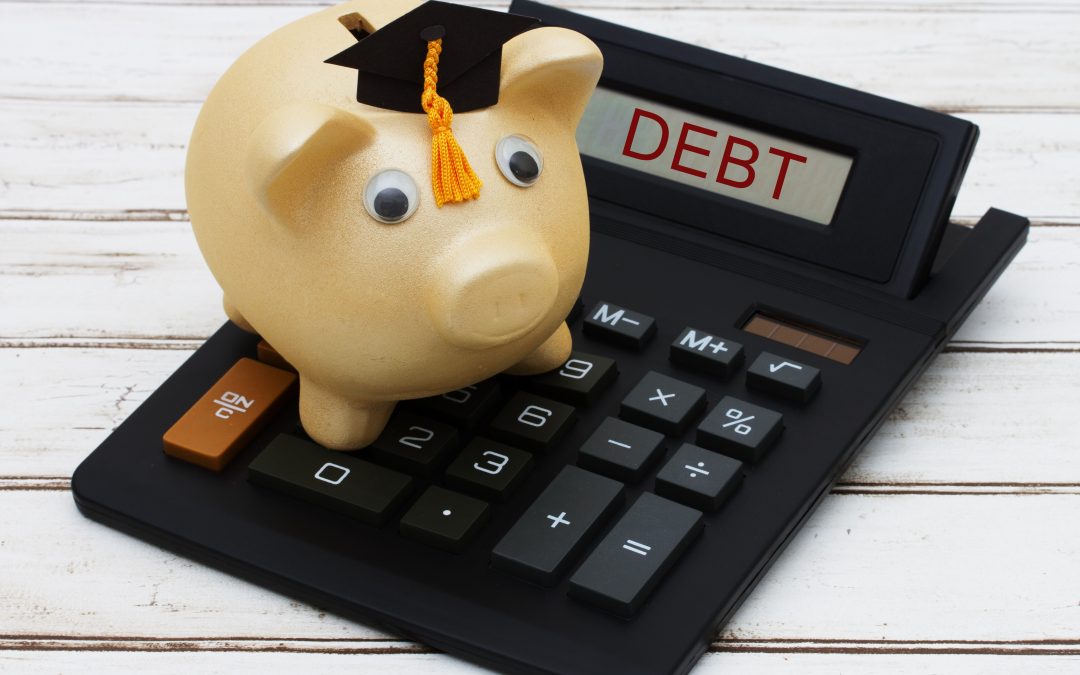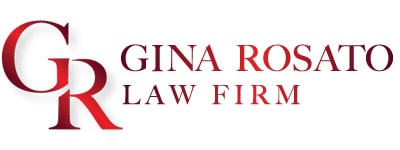
When is a partial discharge for student loans possible?
In Part VI of our series, we are discussing the possibility of getting a partial discharge of your student loans if you are unable to get a full discharge. A partial discharge can occur where the bankruptcy court discharges a portion of the outstanding student loan debt while requiring you to pay the remainder of the balance. The bankruptcy code is silent on the issue of whether the bankruptcy courts may offer a partial discharge of student loans based on undue hardship. However, this issue has been litigated and is recognized by several court of appeals. A partial discharge will require that the debtor establish elements necessary for an undue hardship determination.
According to the departmental guidance regarding student loans, the department of education attorneys may consider a partial discharge if they have made the determination that the debtor has the ability to make some payment on the loan while maintaining a minimal standard of living, but an inability to make the full standard monthly repayment. That is distinguishable from getting a full discharge where the debtor is completely unable to maintain a minimal standard of living and has no disposable income after paying their expenses. A partial discharge should result in a balance lower than the debtor’s discretionary income so they can afford the monthly loan payment over the remaining term of the loan. A partial discharge may also be available if a debtor can liquidate assets to pay a portion of the debt but is unable to make the monthly payment while maintaining a minimal standard of living.
In the last part of our series, we will be discussing the process/procedure to get my student loans discharged?







